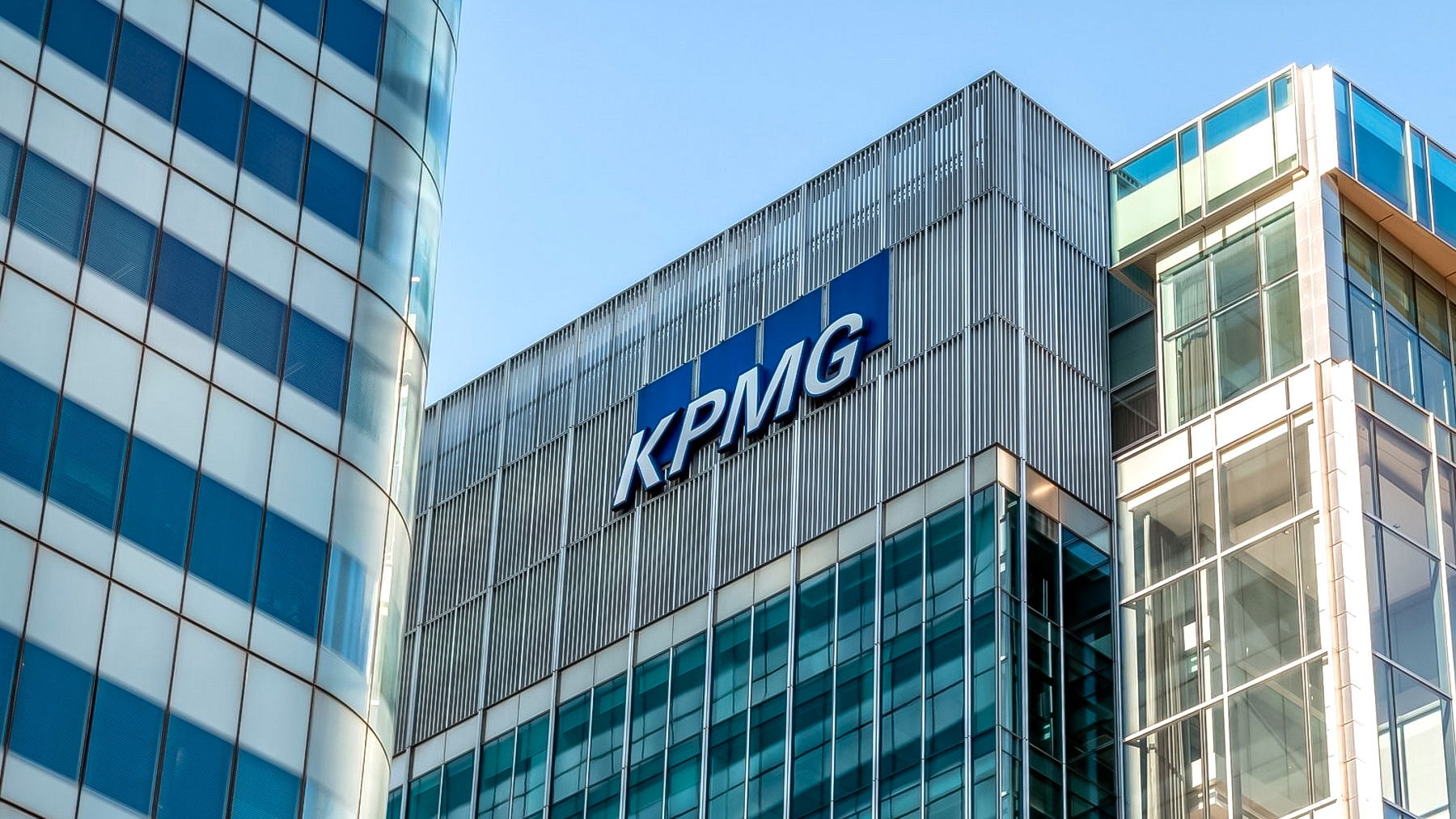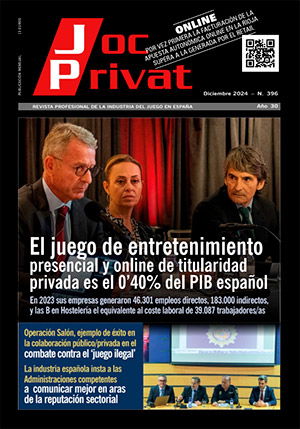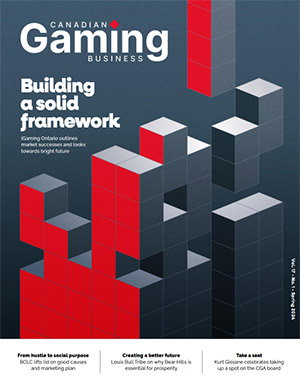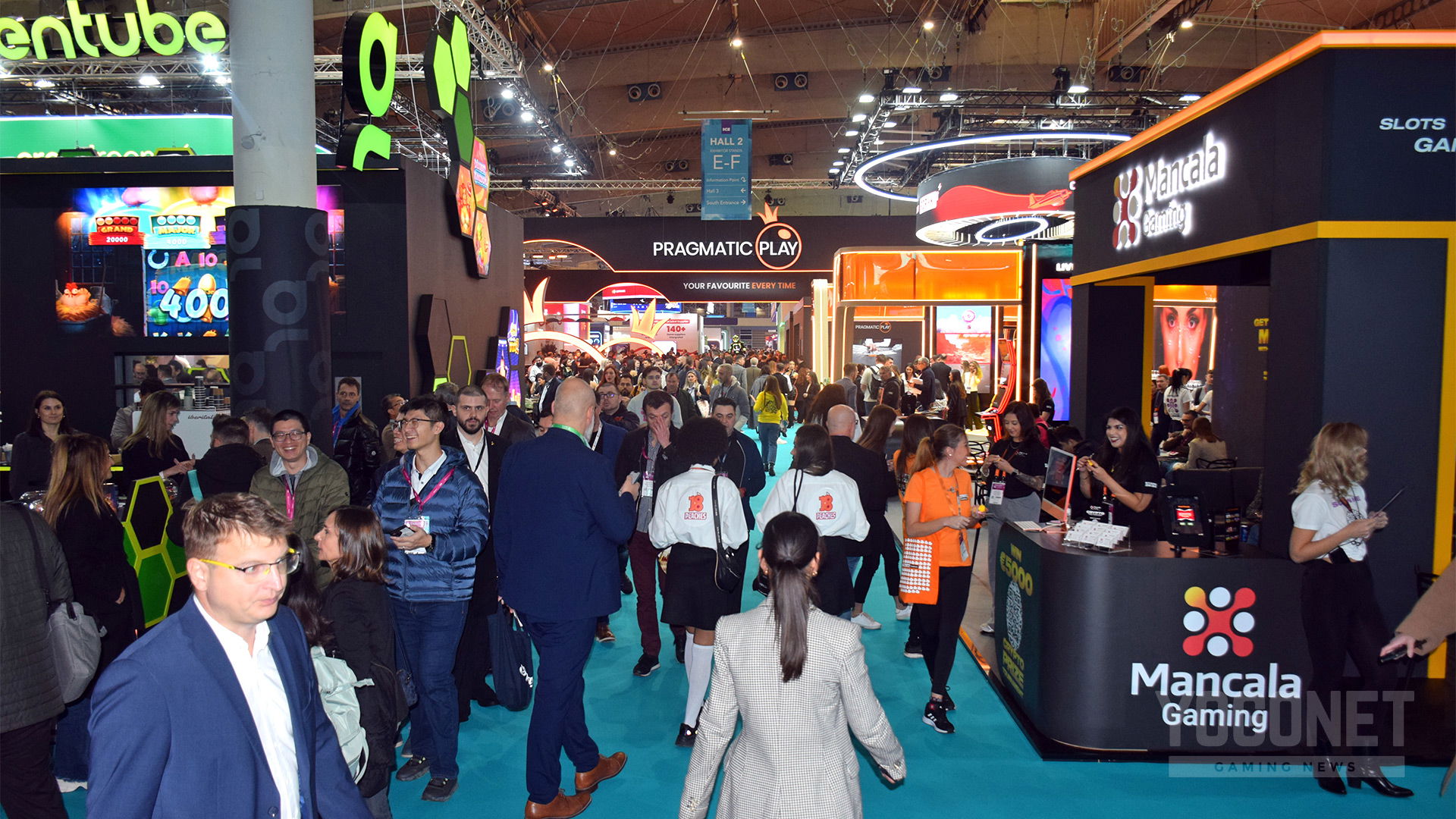Gambling Commission reports 5% GGY increase as UK industry hits $1.39B mark

The Gambling Commission (UKGC) has published data showing how gambling behavior is reacting to current environmental factors in Great Britain. According to the latest report, a 5% year-on-year GGY increase was seen from January to March as the region’s industry reached the £1.3 billion ($1.39 billion) mark.
The latest data set, which is said to have been sourced from operators and covers approximately 80% of the online gambling market, suggests that the increase was driven by real event betting, aided by the Cheltenham Festival, and slots, which rose 13% and 2%, respectively. All in all, the report hints the economic situation in the UK isn’t hindering consumers’ desire to gamble.
Online slots GGY reached £551.7 million ($594.05 million), up the previously reported percentage points from £540.16 million ($581.6 million); while the total number of spins increased 9% through the quarter to 19.5 billion to reach a new peak.
In addition, the number of average monthly active accounts reached 3.9 million, up 15%, with a high of 4.23 million hit during March. As a result of the increase in actives, the number of spins per session decreased by 7% between Q4 2021 to 2022, and Q4 2022 to 2023.
The total number of sessions through the three-month period reached 137.86 million, up from 117.38 million in 2022. The average session length stood at 17 minutes, down from 18 minutes in 2022, through each of January, February, and March, and sessions lasting over one hour increased 10.45% to 8.79 million. This means that 6.4% of all sessions lasted more than one hour during the quarter.
Elsewhere, GGY across the other gaming segments, including casino, dropped 3.49% to £153.11 million ($164.8 million). Poker reached £17.97 million ($19.3 million), down 7.17% year-over-year from £19.36 million ($20.8 million).
Machines GGY increased 5% year-over-year to £292 million ($314.4 million), while the average spend per session increased slightly to £12.26 ($13.20), and the average number of spins per machine session rose to 131.
The total number of customer interactions during the quarter decreased by 12% to 2.9 million compared to the same period one year earlier, with the majority remaining automated in nature. The number of direct interactions undertaken by operators increased by 31% year-on-year.

















































